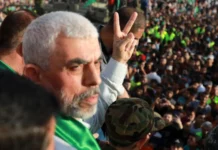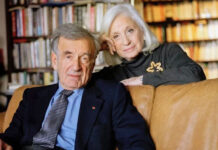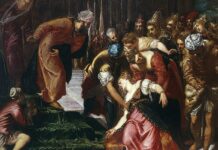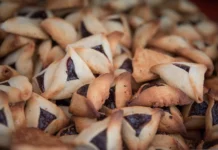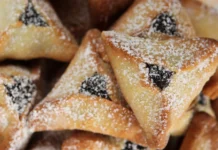Yom Yerushalayim, marking the unification of the City of Jerusalem at the end of the Six Day War, will be commemorated this Friday, May 22. Thus, I am writing this column about my sister, violinist Zina Schiff’s 1995 4Tay Records release, King David’s Lyre, a celebration of Jerusalem 3000. The CD consists of works by Jewish composers from many different corners of the globe. Since Jewish longing for Jerusalem spanned over two thousand years in Diaspora, it is fitting that a tribute to Jerusalem includes Jewish composers from around the world.
As a child, living in Chicago, I still recall my grandfather, on Sabbath afternoon, after he returned from synagogue and had lunch, asking me, his seven-year old granddaughter, to crank up the Victrola and put on the recording of Hebrew Melody. Years later, one of my teachers, Heimann Weinstine, taught me the piece and I played it at my high school graduation.
Next are Marc Lavry’s Three Jewish Dances, Sher a Yiddish Wedding Dance from Eastern Europe, Yemenite Dance, representing the exotic dances brought to Israel by the Jews of Yemen, and, Hora, the circle dance of the early Chalutzim that symbolized their determination to reclaim the land and build a just society. Born in Latvia and trained in Germany, Lavry immigrated to Palestine in 1936, where he was instrumental in developing the “Mediterranean School” of composition, that merged elements of Arabic and Oriental Jewish music with Western Art Music.
Audio Player Audio Player Audio PlayerNew York City Ballet. The last two tracks, Gershwin’s Second Prelude and Achron’s Hebrew Cradle Song, are accompanied by Cherina Eisenberg, Zina’s younger daughter. The other two recording in the trilogy, The Golden Dove and Elijah’s Violin, were covered in my columns on April 27 and on April 4.
May we celebrate Yom Yerushalayim with song and dance and may the day arrive when tranquility and beauty reigns in Jerusalem, the City of David.
Republished from San Diego Jewish World




